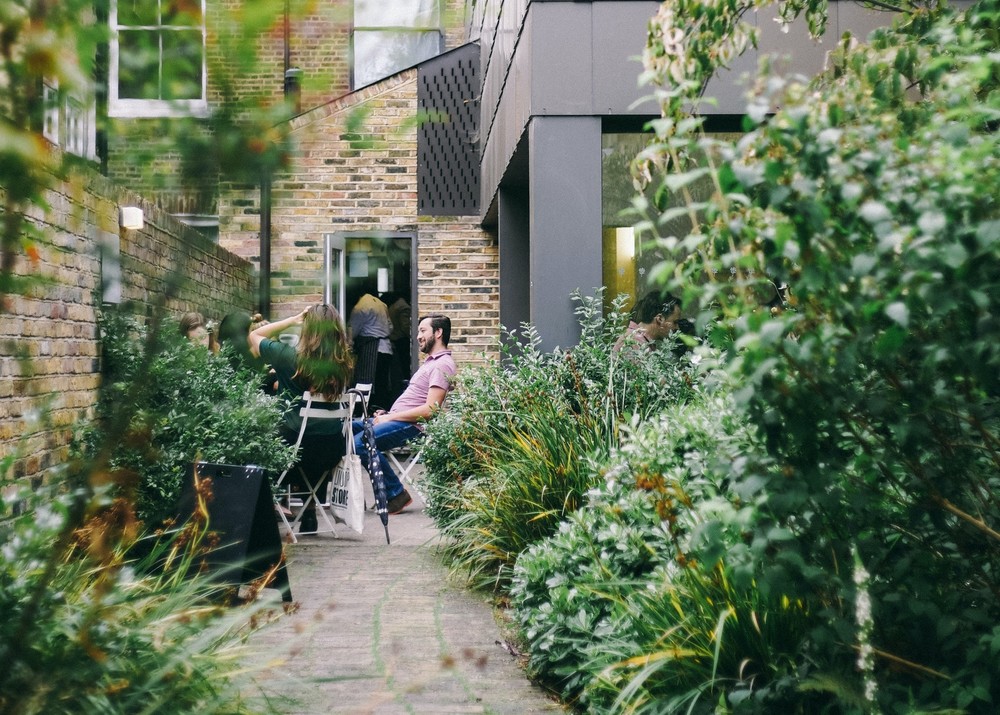When space is at a premium, making the most of a courtyard garden or roof terrace can really give your property a lift, so we thought we’d give you some useful tips on how to create the perfect small garden.
There are a number of key considerations before starting a project of this kind. The first is – what do you actually want to do with the space? Is it for entertaining, relaxing or cooking? Formal or informal? The second is the nature of the space. How big is it? Is it private, overlooked, windy or shady? Does it have any great views, or even any bad ones? Then you will need to think about access to the site. If it is restrictive, you may have difficulty introducing larger elements to your new garden, so plan accordingly and, if your garden is in a conservation area you may need permission before making certain changes.
The next step is the design process. Smaller gardens need structure. Don’t be afraid of mixing materials like stone and wood, tiles and metals. Their junctions will create plenty of visual interest and, as an added benefit, it will look good, whatever the weather conditions. Wood is great, for example, when wet, whereas sandstone looks at its best in the sunshine. Some kind of focal point is another key element in small garden design. It could be something as simple as a really beautiful tree, a water feature, or perhaps just the clever framing of a special view.
When it comes to the planting, it is very important to tailor the scheme to suit your experience. It is no good buying expensive and delicate plants if you’ve never done much gardening. Instead, you should look at using younger or more robust ones, such as miniature roses or perennial varieties of geraniums, even annuals – pansies, marigolds, petunias and zinias, which can provide instant impact in smaller spaces. And, if you want the garden to look good all year round, buy plenty of architectural, evergreen plants. My favourites are Torbay palms. Every garden is different, though. Some have more shade than others and roof terraces tend to be somewhat exposed. In a typical, shady courtyard, try using woodland species, such as ferns and acers, as well as hostas and shiny leaved plants to reflect the light (try Fatsia Japonica).
Lighting should also be an integral part of the design. With today’s low voltage lighting, you can light up the whole garden like any other room in the house, enabling it to be used by day or night. What’s more, courtyard gardens and roof terraces provide plenty of scope for dramatic lighting. Structured plants create fantastic plays of light and shade when uplit and the geometry of architectural elements can also be emphasised by a clever lighting scheme.
If your garden is heavily overlooked and you want some privacy, use an arbour as a screening device. And, when planning a roof garden, raise the seating areas so you will be able to see the views over the handrails, or make them out of glass so you can see through them. One final thing, keep your neighbours informed about your plans. Any areas of potential friction can be smoothed out considerably by simply letting them know what you intend to do.
For anyone living in or near Acton London, there are a number of local nurseries where you can buy your plants:







